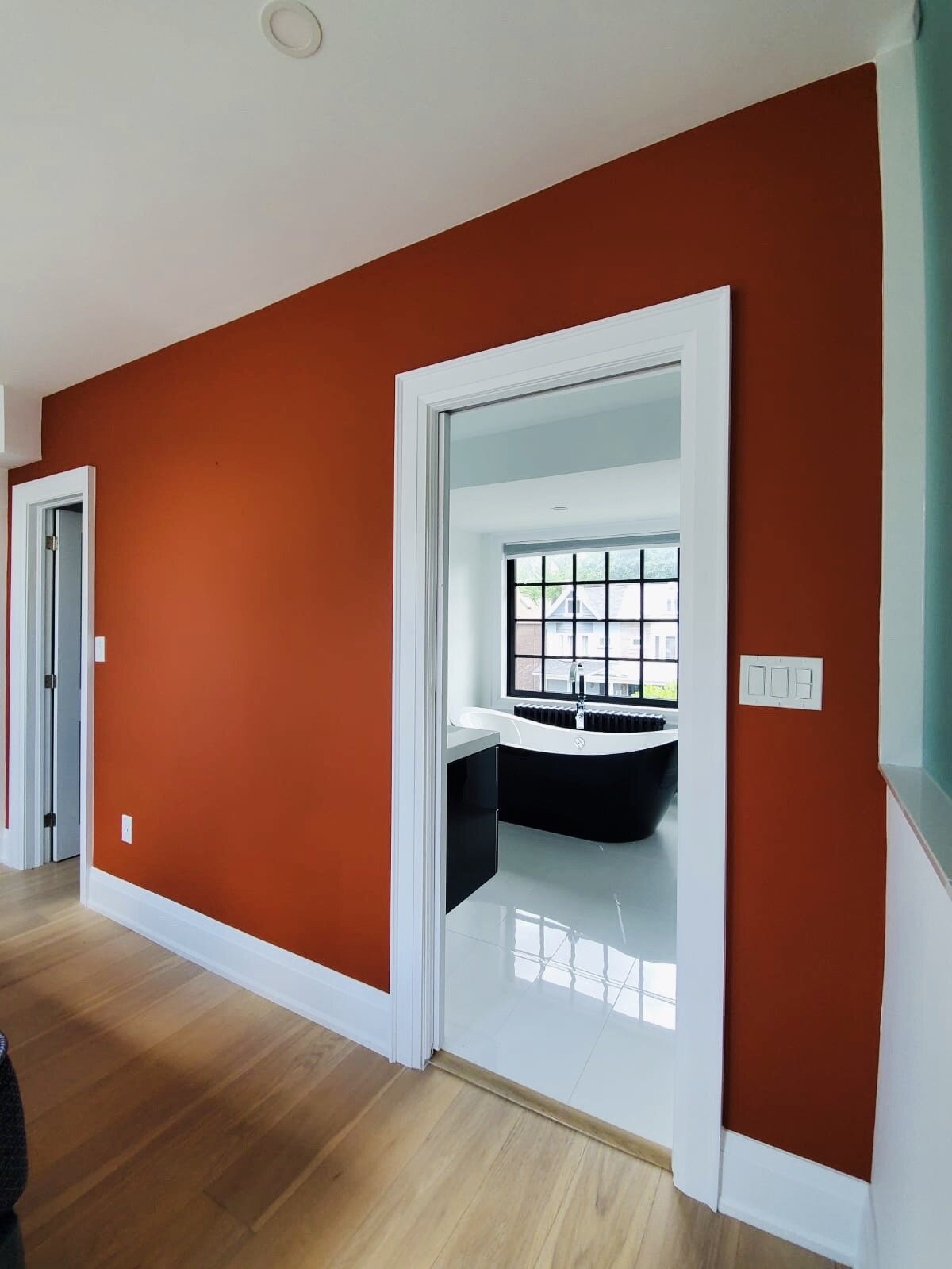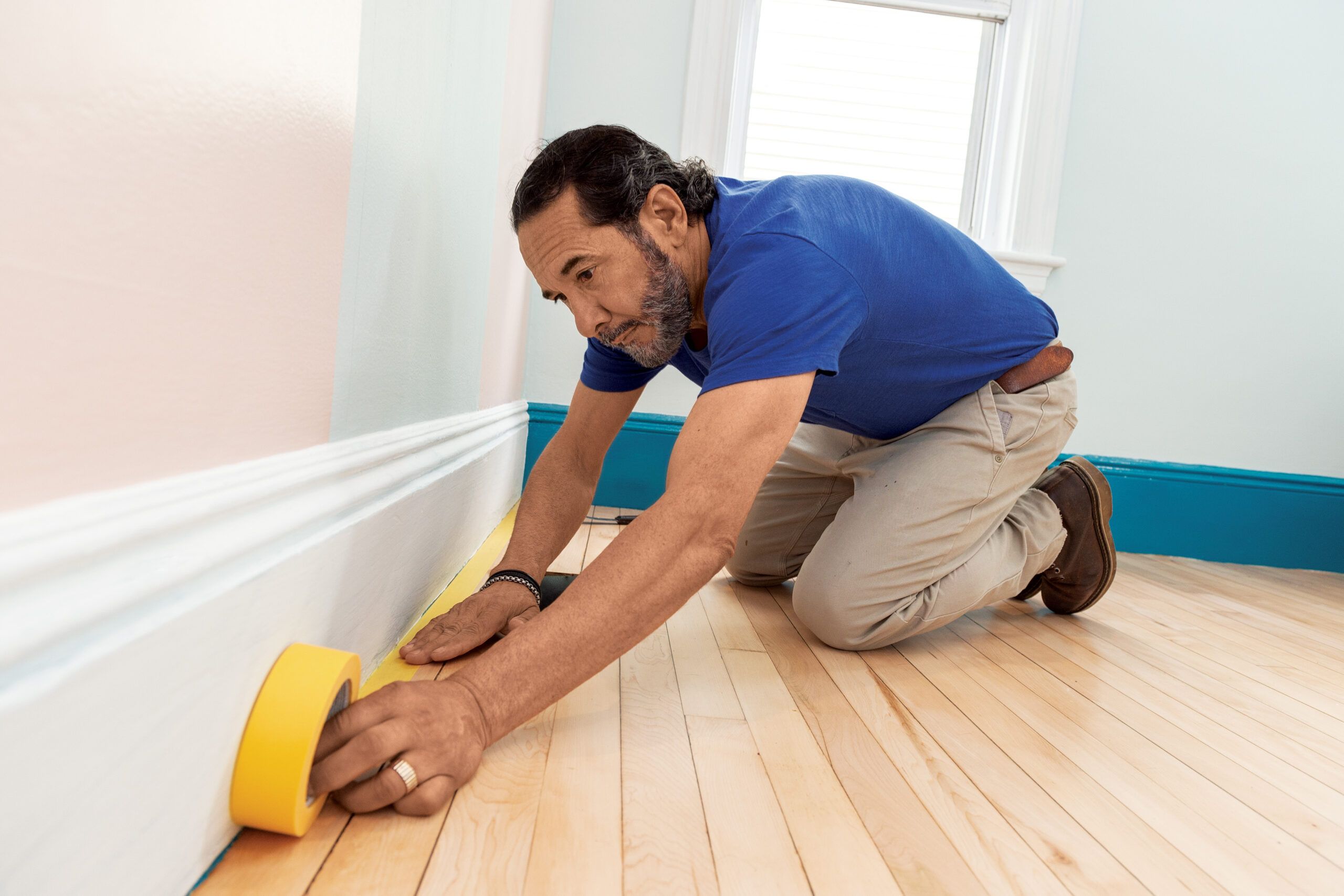Renew Your Space With Exterior And Interior House Paint
Revitalizing your space via both indoor and outside home painting is a critical strategy to improving your home's general ambiance and market worth. Recognizing the long-lasting benefits of top quality paints goes beyond aesthetics; it entails factors to consider of sturdiness and maintenance.
Benefits of Residence Paint
Transforming a home's look with painting not just improves its visual charm but additionally supplies significant practical advantages. A fresh coat of paint offers as a protective obstacle against ecological aspects, such as moisture and UV rays, which can bring about degeneration in time. This safety layer is especially essential for external surface areas that face the burden of the climate.
Moreover, indoor paint can boost air high quality by utilizing low-VOC or zero-VOC paints, which lower damaging exhausts and promote a much healthier living environment. This is specifically advantageous for family members with little ones or people with respiratory problems.
Furthermore, residence painting can boost residential property value. A well-kept home with a modern-day color palette draws in possible buyers, making it a sound financial investment for home owners looking to offer. Normal paint also shows a feeling of treatment and focus to detail, enhancing the total bankability of the property.
Finally, painting enables home owners to share their personal style and create a welcoming environment. Whether upgrading obsolete shades or revitalizing discolored wall surfaces, paint can rejuvenate a space, making it feel new and welcoming. Overall, the benefits of house paint are both visual and practical, making it a vital element of home maintenance.

Choosing the Right Colors
Picking the best shades for both exterior and interior residence painting is a crucial component of improving a home's visual appeal and value. Shade selections can considerably affect the perception of area, state of mind, and architectural features. When thinking about outside shades, it is important to consider the surrounding setting, neighborhood looks, and any kind of property owner organization standards. Natural tones, as an example, can produce an unified mix with nature, while brighter tones may offer a modern pop that attracts attention.
For interior spaces, shades need to be picked based upon the feature of each area. Softer tones advertise peace in bedrooms, while dynamic colors can stimulate living areas or game rooms. Florentina’s Painting LLC Interior Painting. In addition, consider how all-natural light communicates with colors throughout the day; a color might show up different under varying lights problems
Moreover, it's helpful to produce a cohesive color scheme that flows throughout the home, connecting various areas while permitting individual expression in each area. Making use of color swatches and examples can help in visualizing the last result, guaranteeing that your choices straighten with your vision and improve both the interior and external charm of your additional info home.
Interior Paint Techniques
When it pertains to executing a successful indoor paint project, understanding different strategies is important for accomplishing a refined and expert coating. One basic technique is the "cut-in" method, which includes utilizing a brush to repaint sides and edges prior to rolling the walls. This creates clean lines and avoids roller marks.
One more efficient method is making use of various roller snooze sizes. A much shorter snooze is excellent for smooth surfaces, while a longer nap can help cover textured walls, ensuring an even application of paint. Additionally, employing a "back-rolling" technique after spraying can help to evenly disperse paint and enhance attachment.
For more intricate designs, techniques such as stenciling or sponging can include deepness and character to a room. These techniques need precision and technique but can generate stunning outcomes.

Lastly, appropriate surface preparation-- directory including cleansing, fining sand, and priming-- is important to any type of painting technique. This not only makes certain better paint adherence yet likewise lengthens the life of the coating. By understanding these indoor painting strategies, property owners can change their areas with self-confidence and creativity.
Outside Painting Fundamentals
Efficiently taking on an outside painting project needs cautious planning and focus to detail. The initial step is to pick top quality paint that is particularly formulated for exterior usage, making certain longevity against the components. Take into consideration the climate of your area, as different paints supply varying degrees of wetness resistance, UV defense, and temperature level versatility.
Fix any problems, such as splits or openings, to see this create a smooth substrate for painting. Priming is usually advised, specifically for bare or previously unpainted surfaces, as it boosts adhesion and boosts the paint's durability.
Picking the right devices is just as important. Invest in top quality brushes, rollers, and sprayers to achieve a professional coating. Take note of the application strategy; operating in workable sections and using even coats will yield optimal results. Think about the timing of your task. Ideal conditions consist of reduced moisture, moderate temperature levels, and marginal wind, which can affect drying out times and repaint adherence. By concentrating on these fundamentals, you can make sure a successful and aesthetically pleasing exterior painting task.

Maintenance Tips for Durability
Normal upkeep is crucial for protecting the long life and look of both exterior and interior paintwork. To ensure your paint lasts, begin with regular examinations. For outside surface areas, check for indicators of peeling, cracking, or fading, and address these problems immediately to stop more damage. Tidy surface areas regularly to remove dust, mildew, and gunk, utilizing a moderate detergent and soft brush as needed.
For indoor spaces, preserve a constant temperature level and moisture degree to minimize paint wear and tear. Dirt walls and baseboards periodically and think about utilizing touch-up paints to cover minor scuffs or scrapes.
Furthermore, check and keep caulking around doors and windows; changing worn or fractured caulk will protect against dampness breach, which can jeopardize paint high quality. When repainting, choose high-grade paints that offer better resilience and resistance to environmental elements, guaranteeing a longer-lasting coating.
Final Thought
In final thought, home paint offers as an effective tool for rejuvenating both the inside and exterior of a home. The advantages expand beyond simple appearances, boosting property worth and improving air high quality via the usage of top quality materials. Careful consideration of shade choice, along with the application of reliable strategies, makes sure an effective transformation. In addition, applying maintenance approaches can lengthen the life of the paint, securing the investment made in the revitalization process.